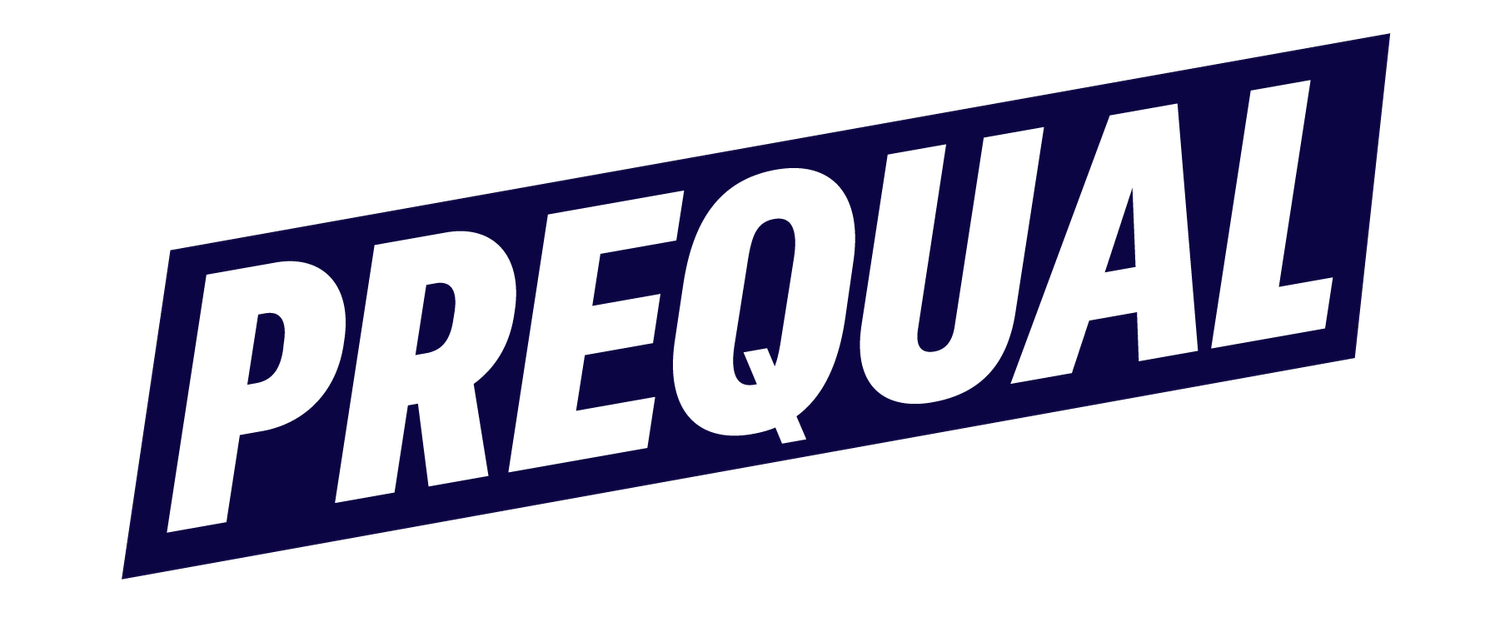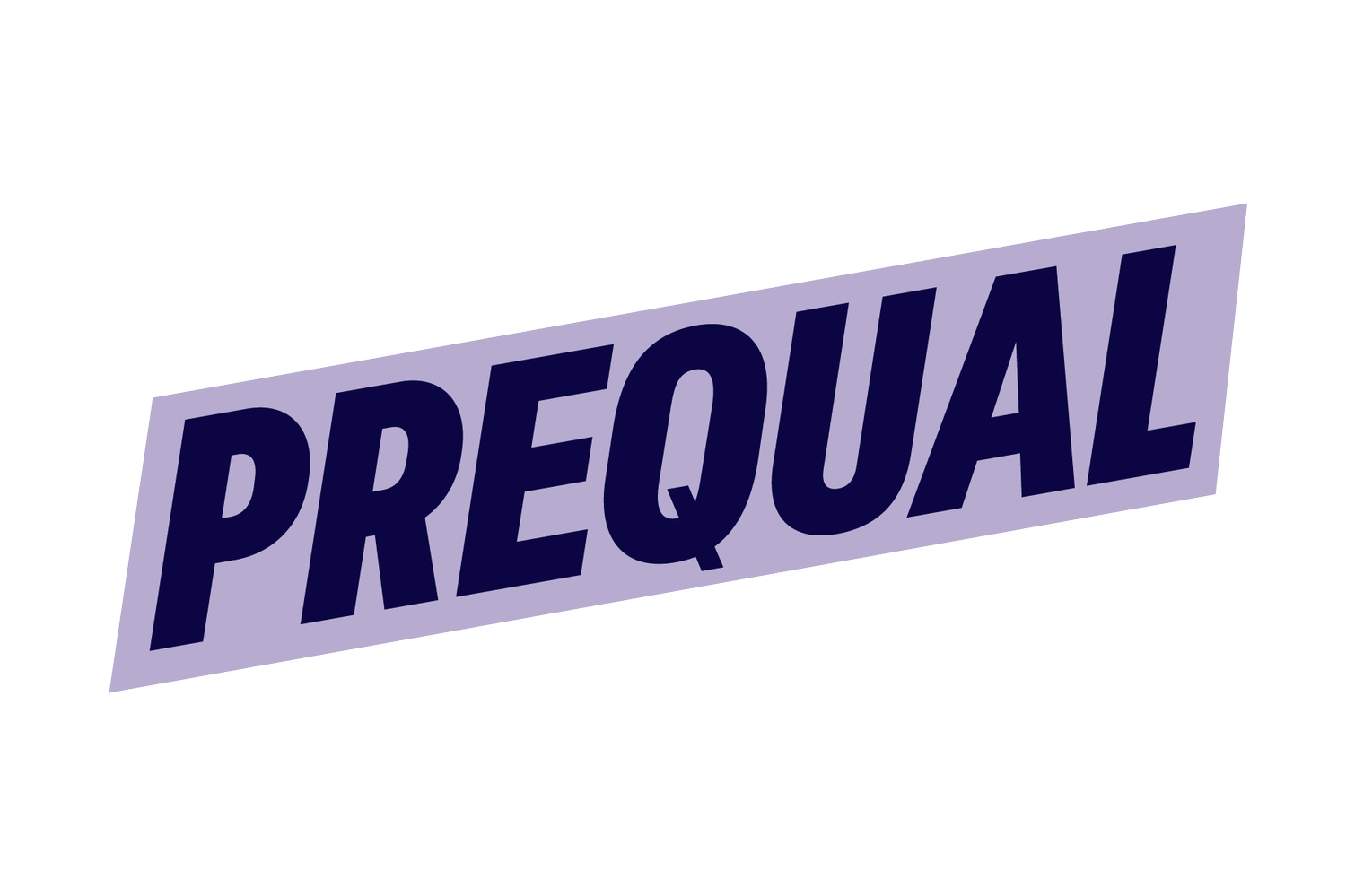Where to Begin with Client Experience When You Don’t Have 100% Buy-In
The case for a Client Experience (CX) program is evident to all of us in the CX community, but not all organizations buy in immediately. When a team considers CX, the standard objections inevitably come up:
It is not the right time
CX programs are too costly
Our industry/customers/offerings aren’t right for CX investments
Efforts are not thoroughly thought out or aligned across the firm
The value proposition hasn’t yet been established
We often hear pushback that “clientele is more interested in quantifiable results than an experience.”
What options are available if you are a professional managing a set of accounts (tasked with growing them as well) and confident that a coordinated application of CX systems and investments will make a real difference? How do you build a case for programmatic CX for your counterparts in the organization?
This article provides some ideas for the professional who believes in experience (X) but doesn’t have complete buy-in or know where to begin. We provide a list of some easy-to-implement CX actions, as well as those that will have the most significant impact to equip you in building a strong case for additional resources. We show you how to tie your work to client satisfaction, growth and how to measure the impact you’ve made.
Benchmark CX Data from Existing Mechanisms
Many data points are already being measured in your organization but not all are noticed or analyzed. Further, these data points are not always tied back to customer satisfaction, engagement and loyalty. Start your approach by reviewing the data that you currently have. These could include the typical direct client feedback modes, customer satisfaction surveys or project close-out reports. It can also include financial data like growth/spend of an account over a time period, payment speed and referrals the client has made to your company. Lastly, review any marketing engagement data such as responses to invitations, participation in events and digital engagement.
Given the objectives for your CX program’s outcomes, analyze these data points to benchmark the current state of your CX.
Gather this information diligently and over time. Maintain the connection to the original data sources, and when it comes time to present your results to the team, make sure they can correlate the results to the existing data being measured.
Attach New CX Efforts to Existing Established Systems, Processes and Tools
Review all the ways you already connect and communicate with your clients. Identify marginal changes, enhancements and investments you can add to drive your data collection and efforts.
Use existing channels to add new feedback inquiries. For example, if you have a client portal, add a survey question that clients can utilize. How does your client pay you? A survey question could be on the page through which they make online payments. And, as for marketing data, you can use your website/client portal visits, attendance at events, unsolicited feedback, pitch win/loss data and cross-selling meetings. Utilize the work you’ve already done to pull the historical data and show progress over time.
Rather than building an entire feedback program, you can start small, measure everything and keep adding on.
The same applies to measuring on the internal side of your company. Whenever you interface with teams, add small opportunities for new experiential information to begin flowing. Add new questions to engagement surveys. Plant seeds of X-oriented thought in annual planning exercises. Add something to a report that colleagues regularly receive, to your Intranet or with your update at practice group meetings.
Begin With a Pilot Group
If these efforts even seem too wide of a place to begin, then first identify a small pilot group of willing, influential people trusted within the organization. Together, look for low-hanging fruit. Think of small incremental changes that you can make which won’t alarm or overwhelm people. The end result is then achievable for a small number of willing individuals and doesn’t require any significant budget changes.
Ideally, each partner would have their scorecard for business development benchmarking and measurement. A report card identifies strengths, weaknesses, improvement over time and correlates to their annual plan. This allows you to identify priority areas and tie your investments directly back to individual achievement.
Pilot a few people receptive to outcome-based planning. If you create a worksheet around their targeting and focused actions, you will be able to record progress with key clients and prospects and, of course, your team’s support.
Starting with a plan will begin creating a common language, accountability and alignment. If you can get people invested on the front end, all of their business development activity will be measurable. Start with a practice group that wants to grow or diversify revenue streams.
When leadership and the larger team see the evidence, notably how multiple small changes combined to create impact, they will be more inclined to test X on a broader scale. Choose your pilot group wisely. Participants should be natural risk-takers who understand what you’re trying to do and have the authority and wherewithal to execute the small efforts along with you.
Take an Account-Based Approach
Another very effective starting point for CX is to develop deliberate growth plans for specific clients. Essentially this is gearing your CX action items toward one client. Select a handful of clients (or segments of customers) with the highest growth potential, most influential for your company or ones that need the extra love. Consider customers that are critical to the business’s revenue or influence.
These efforts are usually easier to implement on one account manager’s side, and once it works (and it will), it will gain traction in the rest of the firm. You will have results. You can share your own experience through your work and produce concrete evidence of the firm’s earnings, which is worth its weight in gold as evidence of X.
The best thing about taking an account-based approach is that your efforts are measurable because there is an identifiable “before CX-efforts” and “after CX-efforts.”
In this approach, you lead with the most vital currency to the firm: key client relationships.
Read more about the Prequal approach to designing a CX program and how the discussion of money in a client relationship is the most important thing to get right.


